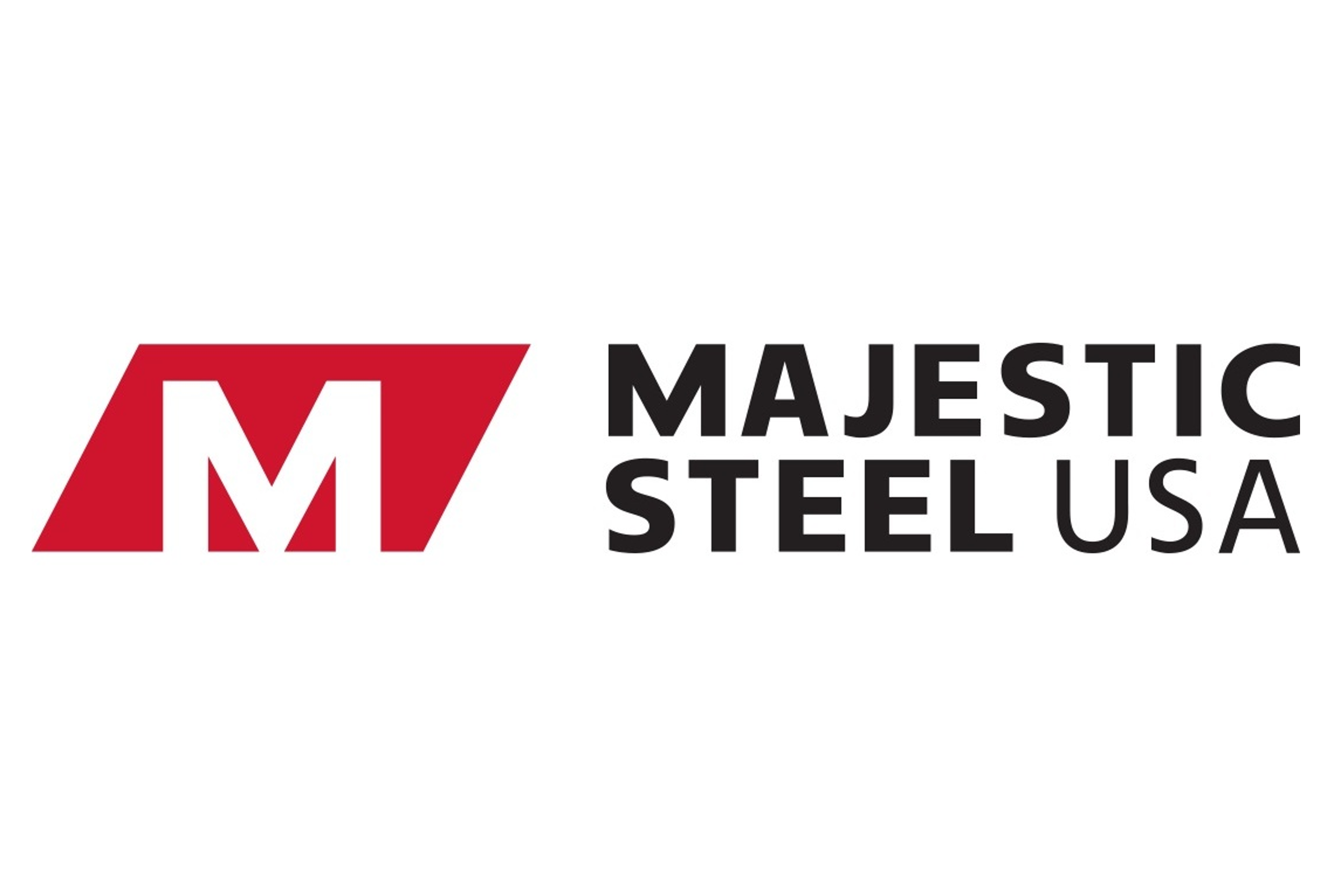Product
March 9, 2018
How Do U.S. Steel Duties Compare to Other Nations?
Written by Tim Triplett
President Trump made headlines this week when he slapped a 25 percent tariff on steel imports from all nations except Canada and Mexico. His rationale is that the U.S. should treat other countries the way they treat us. Steel Market Update has heard many incorrect statements about how the rest of the industrialized world treats U.S. exports. Closer examination shows that the administration’s claims of inequity are not necessarily true, at least when it comes to steel.
The United States exports steel products to Canada, Mexico and other countries, as well as scrap, iron ore and other inputs used to make steel, in most cases paying no duty at all, said Washington trade attorney Lewis Leibowitz.
He points to the Uruguay Round of trade negotiations in the early 1990s in which the industrialized nations agreed to a “zero for zero” policy, eliminating tariffs on steel, as well as fish, beer, pharmaceuticals, paper, wood, non-ferrous metals, electronics and construction equipment. In the United States, the reductions were phased in over a five-year period, hitting zero by 1999. The same was true for the EU, Japan and other countries.
“So, developed-world tariffs on steel are essentially zero,” said Leibowitz. “The only duties now are AD/CVD duties, some safeguard duties (e.g., India) and now the 25 percent duties courtesy of President Trump.”
Other nations have higher duties than the U.S. on other products. For example, the EU has higher duties on cars. But not on steel products, he added.
A March 8 Washington Post report concludes that the U.S. has one of the most open markets for trade, but it disputes the Trump administration’s claim that the U.S. has the lowest tariffs and the lowest non-tariff barriers in the world.







